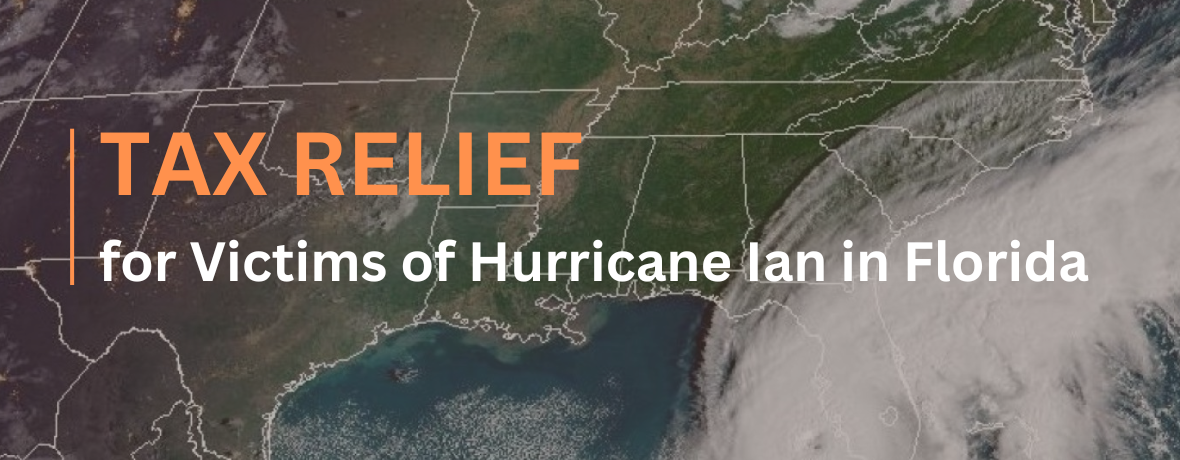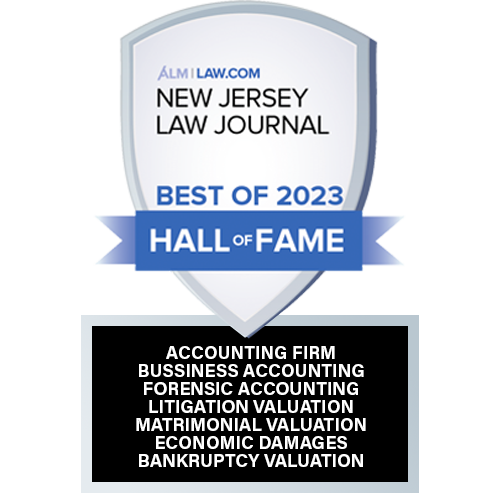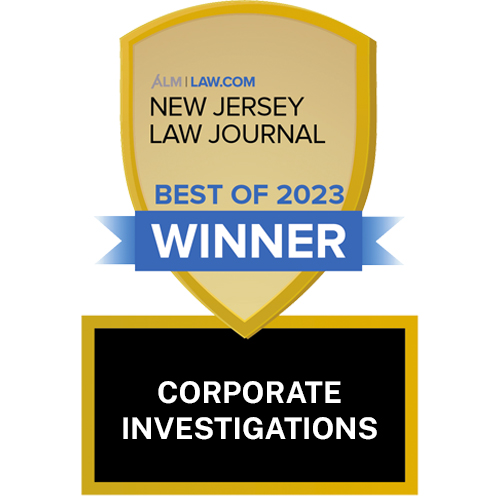Ever since federal Opportunity Zones (OZs) were added to the tax code on December 22, 2017 by the Tax Cuts and Jobs Act — they’ve generated a great deal of interest, and a significant number of questions. OZs are basically designed to spur economic development in underserved areas by providing attractive tax benefits to investors. The intention is a good one — leverage the free market to incentivize investments in depressed areas — but the execution requires careful navigation.
The OZ program is a powerful one, and in an effort to attract a robust inflow of capital, investors may qualify for tax benefits even if they do not live, work or have a business in an Opportunity Zone. All they need to do is invest a previously generated investment gain in a Qualified Opportunity Fund (QOF), maintain it for a tiered period, and elect to defer the tax on that gain.
Here are some highlights of the program, including recently proposed regulations that were released in April:
- A chance to defer gain: Taxpayers who invest capital gains — from the sale or exchange of property to an unrelated person — and invest it in a Qualified Opportunity Fund within 180 days of the sale of that property may exclude the gain from the taxpayer’s gross income until the earlier of either the date the QOF interest is disposed of, or December 31, 2026.
- A chance to increase basis: The taxpayer’s basis in the QOF will be increased by 10% of the deferred gain if the investment is held for five years. If it’s held for seven years, the basis will be increased by an additional 5% (for a total of 15%) subject to the December 31, 2026 deadline. In order to benefit from the 15% basis, the investment must be made prior to the end of 2019.
- A chance to eliminate tax on capital gain: If a taxpayer holds his or her investment in the OZ Program held for at least 10 years, they may elect to avoid recognizing capital gain income on the appreciation of the asset from the time of their initial investment in the QOF through to the ultimate sale.
- Certain kinds of business property qualify for preferential OZ treatment: A qualifying property must be tangible property used in a trade or business that was acquired by purchase, or was leased.
- Substantial improvements defined: Generally, this refers to improvements made within a 30-month period that are equal to the cost of the property.
- What if otherwise-qualifying tangible property was previously used outside of an Opportunity Zone? Based on the proposed regulations, previously used tangible property that was not located or used in an OZ may satisfy the original use requirement if the property is subsequently used or placed in service in the OZ.
- Potential cost savings. Previously used tangible property — that was not previously located or used in an OZ, but was subsequently located or used in an OZ — may qualify for the “original use” requirement, thus exempting the fund or the QOZB from the requirement to “substantially improve” the property.
- Can an investor purchase an interest in an existing Qualified Opportunity Fund? Yes, and the amount paid to the direct QOF owner for an interest in the QOF is eligible for deferral to the extent of eligible capital gains.
- Recapture issues upon sale. An investor that meets the qualifying 10-year holding period and then sells his or her interest will not be subject to depreciation recapture-ordinary income treatment on the sale, according to recent guidance, as long as the investor has elected its basis in the QOF interest to be equal to its fair market value.
Billions of dollars of tax-incentivized capital are expected to flow into the 9,000 Opportunity Zones, according to a report by Real Capital Analytics, Inc. (RCA), which provides data on the capital environment for commercial real estate. Federal Treasury Secretary Steve Mnuchin recently predicted that OZs will attract more than $100 billion of fresh private capital.
Opportunity Zones have great potential benefit, but require careful navigation due to the rules governing them, and the ongoing guidance that continues to be issued. Contact your advisor at Bederson to get the latest in customized, reliable advice about this new investment opportunity.
continue reading
Related Posts
More than three million residents are eligible for up to
The IRS has provided tax relief for victims of Hurricane
Resources: https://www.irs.gov/businesses/small-businesses-self-employed/virtual-currencies Virtual currency transactions are taxable by law just







